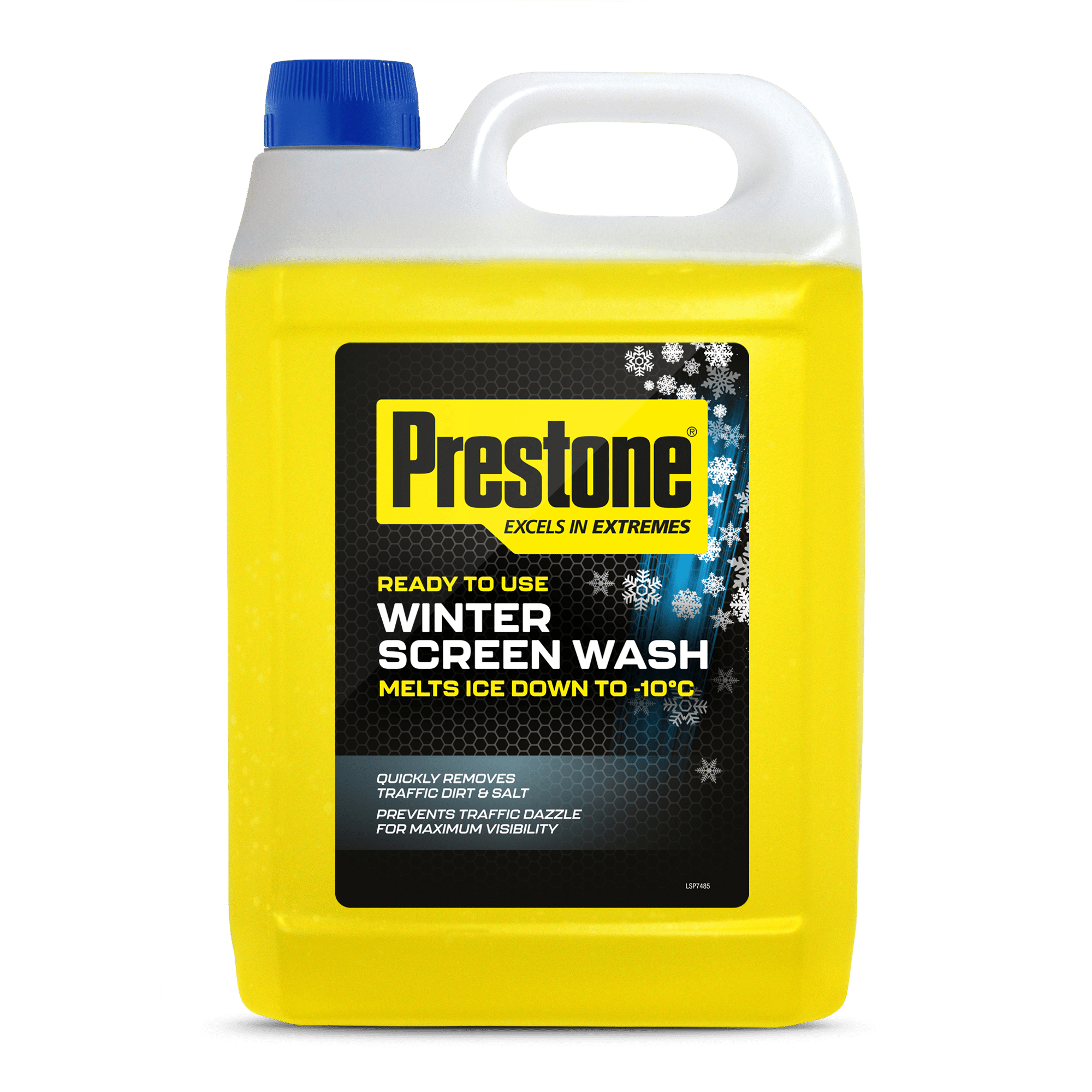There’s nothing worse than being on the road and realising that your screen wash has run out, especially as this could you land you on the wrong side of the law too. Having low or no screen wash can be dangerous as it will hinder your visibility, putting you and others at risk.
You can avoid this potentially dangerous event by knowing the proper procedures to check your screen wash levels. You should check your screen wash levels before setting off, especially before a long journey.
In this guide, we’ll explore how to check your screen wash, how much you will need to put in your car’s reservoir, and how to top the level up.
How much screen wash does a car hold?
Just like a car’s fuel tank, depending on the size of the vehicle, the screen wash reservoir will be bigger or smaller. The size of the reservoir typically sits between 1.5 and 8 litres, but you’ll need to check your vehicle’s manual for specific instructions on capacity.
You won’t do any damage by filling the reservoir right to the fill line, so you don’t need to worry too much about over or underfilling.
How to check screen wash levels
To check your screen wash levels, you can start by checking whether the screen wash is squirting onto the windscreen when you pull the stalk. If it’s not, it could indicate that your screen wash levels are low.
You can also take a cursory glance at the screen wash reservoir, which may have a level indicator on the side. The screen wash reservoir is usually located under the bonnet and is marked with a screen wash symbol.
You should always perform these checks and top up if necessary, especially before an MOT because you could risk failing it without the proper fluids.

How to put screen wash in a car
Putting screen wash in your car is a simple and straightforward process. Follow our step-by-step guide below.
Step 1: Purchase a high-quality screen wash. Prestone offers a wide range of pre-diluted and concentrated screen washes designed for different weather conditions and use cases. If you buy concentrated, you will need to dilute it with water before putting it into your reservoir.
Step 2: Locate the screen wash filler cap, which is usually found underneath the bonnet.
Step 3: Unclip the cap and begin pouring until it reaches the fill line. An extra top tip here – to prevent the screen wash from glugging and spilling out of the bottle, pour by holding the handle with one hand, supporting the bottom of the bottle with the other, and tip the front or back of the bottle towards the reservoir.
Step 4: Clip the cap back on and close the bonnet.
Step 5: Check that the screen wash is coming out.
During the winter months in particular, it’s crucial that you use a screen wash that will not freeze. Failure to do this may result in damaged components and will also prevent the screen wash from being effective. If you’ve been using a summer screen wash, you will need to change to a winter screen wash that works at low temperatures.

Refrain from using homemade solutions that you may have read about online. Not only are they less effective, but they could cause damage to internal components.
You should now be ready to get back on the road with a crystal-clear windscreen thanks to Prestone’s range of brilliant screen washes that excel in extremes. For more help and guidance, check out the rest of our blogs.


